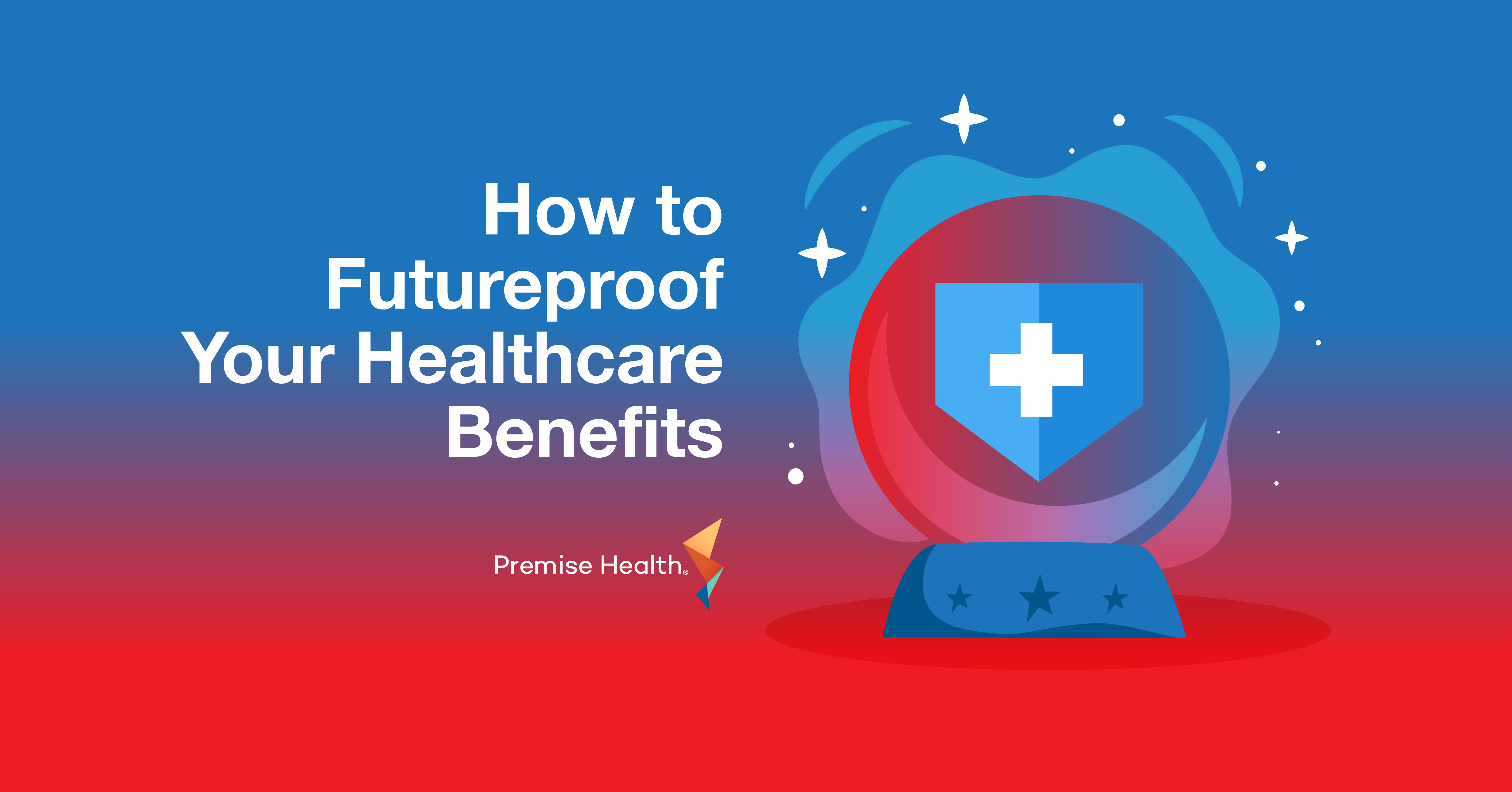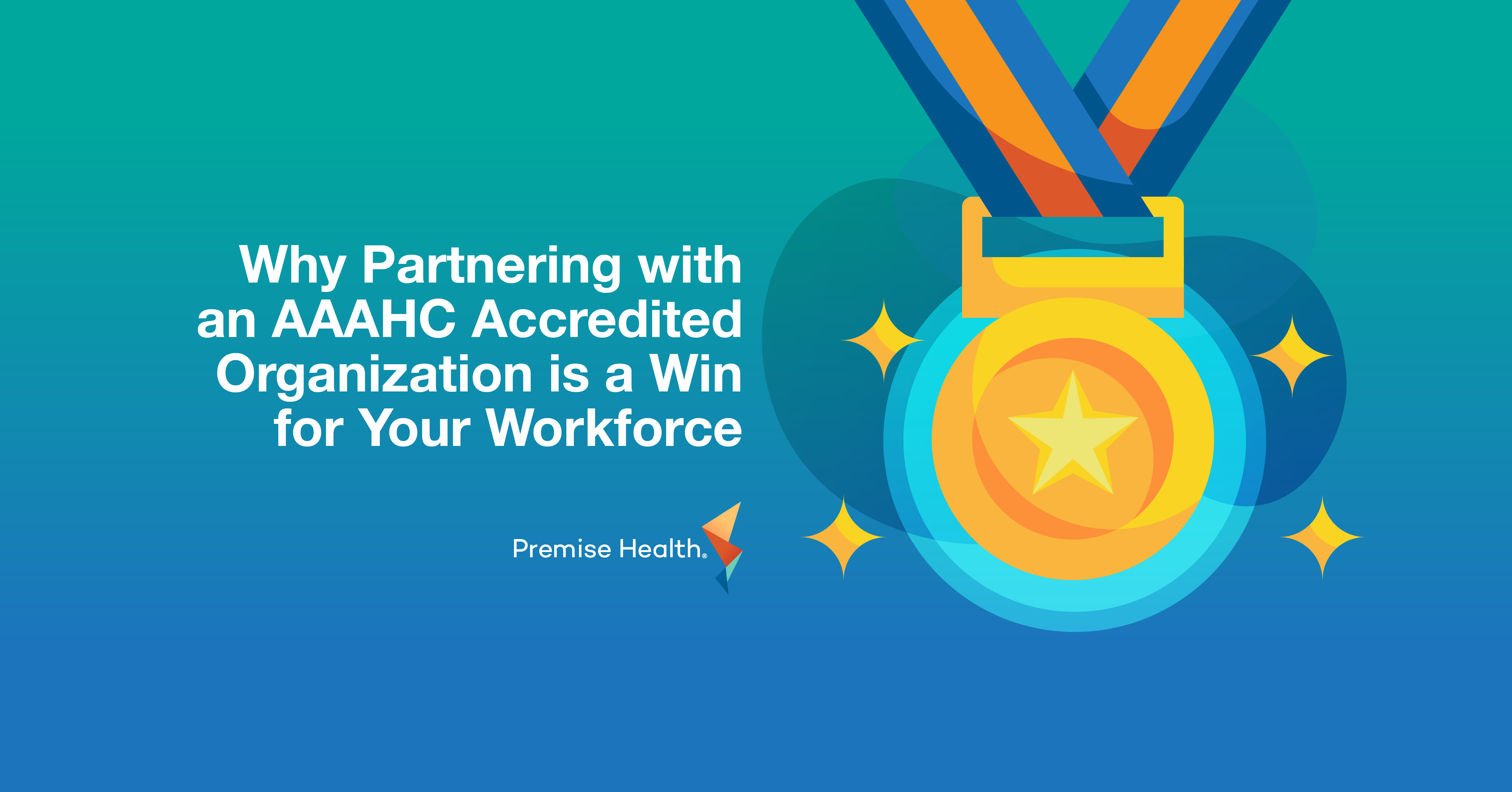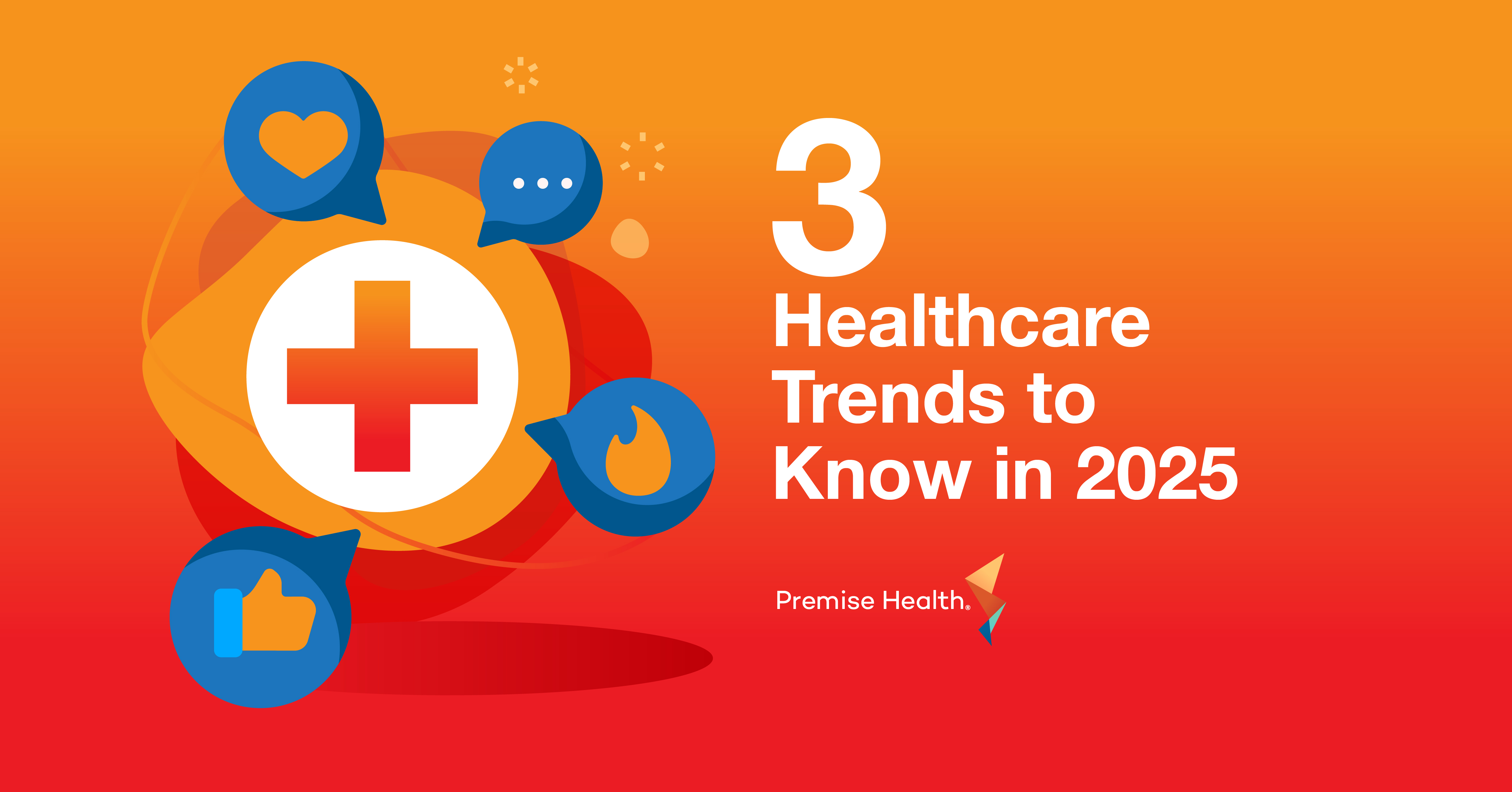Top Benefits for Your Multigenerational Workforce
In today’s work environment, it’s not uncommon for organizations to have multiple generations working side by side. A father of three may be managing a team of recent college graduates in a company led by a CEO nearing retirement. With such a wide age range, employees’ priorities and career goals will vary drastically, making it important for HR teams to offer employee benefits for different generations. Attracting and maintaining top talent is a priority for all companies, and an appealing benefits package can help a future employee decide which offer they’ll accept. However, a study by Barclays found that 85% of employees feel their employer’s benefits package failed to provide what they needed to meet current and future goals.
HR leaders have a significant opportunity to think more strategically about the employment benefits they’re offering to their people. To get started, HR teams must first get a pulse on what their employees want.
One size doesn’t fit all
Benefits are an important component in any career, but if they’re not relevant to your workforce they won’t be utilized. Engage employees in your planning process by simply asking what they want and value in a benefits package, either by facilitating focus groups or surveying your population on an annual basis. Consider the following benefits, along with the feedback you gather, when thinking about what is most important to the generations you employ.
Employee benefits by generation

Baby Boomers (born 1946 – 1964)
Boomers make up the smallest percentage of the current workforce, although many are choosing to work well into their 60s. As they near the end of their careers, Boomers’ benefits focus is almost entirely on retirement and healthcare services. In fact, a study by MetLife found that over 90% of Boomers want their employer to provide robust health insurance. Their priorities include:
-
- Retirement plans
- Healthcare benefits – including medical, dental, and vision
- Other wellness benefits to keep them moving and healthy, such as gym memberships or discounts on health services like chiropractic care

Gen X (born 1965 – 1980)
This generation currently makes up majority of the workforce. One of Gen Xers biggest concerns is finances. While student loans are paid off, they’re now contributing to their children’s education or paying to take care of their parents. With so many responsibilities, their benefits priorities are:
-
- Retirement planning
- Caretaker benefits
- Work-life balance
- Advancement opportunities
- More vacation time or a sabbatical

Millennials (born 1981 – 1995)
Millennials will soon make up the majority of the workforce. Several years ago, this group placed a large emphasis on paid time off and overtime, but now that they’re all over the age of 26, health insurance has become a bigger priority as they’re no longer covered under their parents’ health plans. This generation also has the most student loan debt to pay off, while simultaneously trying to grow their families and buy homes. To help them juggle everything, they prioritize:
-
- Student loan repayment assistance
- Flexible work schedules
- Financial advice
- Parental leave
- Career advancement opportunities

The oldest of this generation entered the workforce during the COVID-19 pandemic, which was extremely competitive and uncertain early on. The global pandemic has played a part in setting benefits priorities for this group, which include:
-
- Job security
- Mental health benefits
- Benefits that support diversity, equity, and inclusion
- Flexible working schedules and work styles
Implement (and communicate) flexibility
If many of the above benefits sound familiar, it’s because they are! Most employers offer many of them, but struggle when it comes to structuring their plans and communicating about them effectively.
To attract and retain employees of all ages, your benefits packages need to be flexible. For example, a core plan that includes robust health insurance, a 401(k), and paid time off will appeal to all ages, while an additional list of choices like parental leave, professional development opportunities, and loan repayment assistance allows flexibility for each employee to put together a benefits package tailored to their unique needs.
Regardless of the efforts you make to bring great benefits to your people, you won’t see progress if your employees aren’t aware of what you offer. Annual enrollment is a critical time to communicate, but it shouldn’t be the only time your employees hear about your organization’s benefits. Think outside the box by mailing post cards, hosting webinars with live Q&A, posting video tutorials, and sending recurring benefits updates in your existing company communications throughout the year. The more your employees know, the more supported they’ll feel – regardless of their age.
A flexible benefits package may be the tipping point for top talent deciding between two job opportunities. A stand-out benefit for all generations is access to convenient, high-quality healthcare. Older generations may prefer seeing their primary care provider in-person at a health center, while Gen Z may prefer the convenience of a virtual appointment from their home. Whatever your population needs, Premise Health has you covered with flexible options that can be tailored for any generations you employ. Let’s get started together.
Next on industry insights.

How to Futureproof Your Healthcare Benefits
Read the Blog
Why Partnering with an AAAHC Accredited Organization is a Win for Your Workforce
Read the Blog